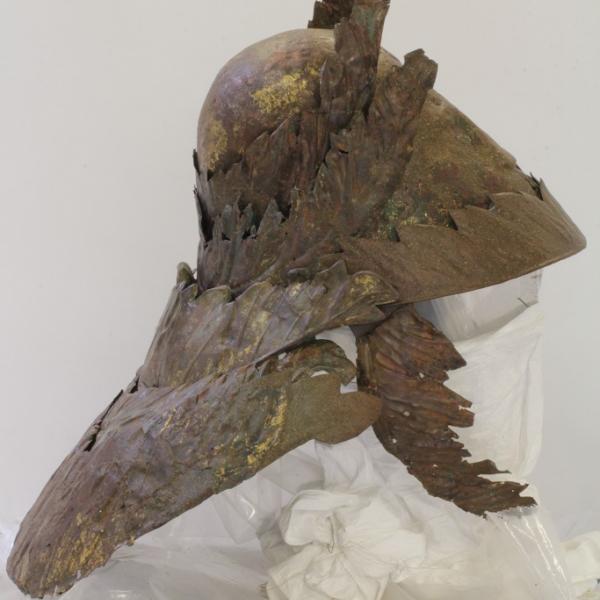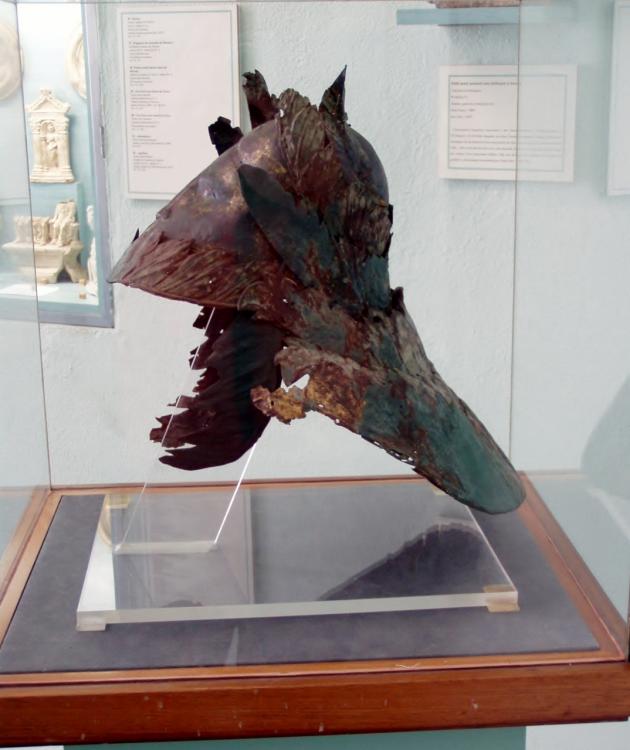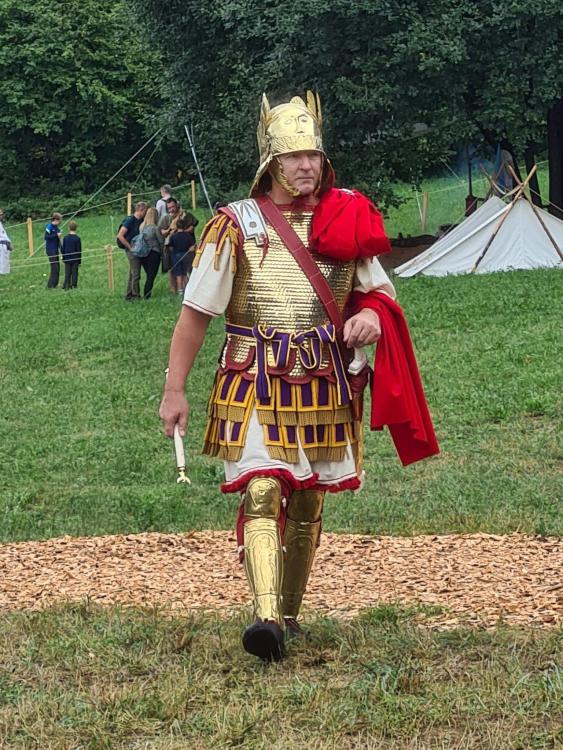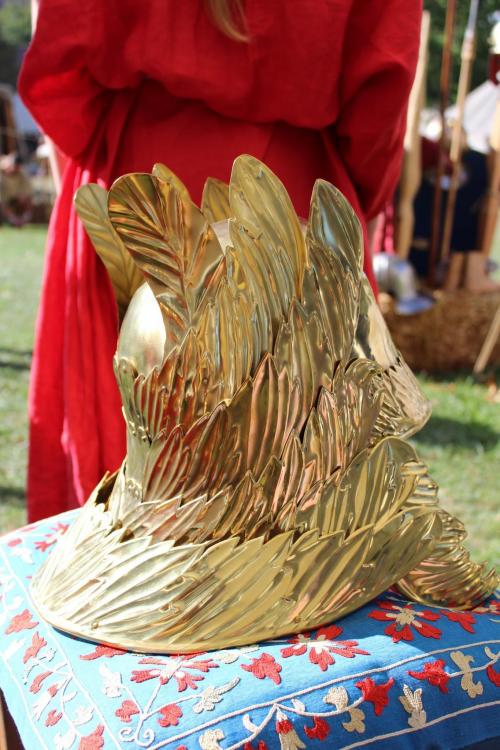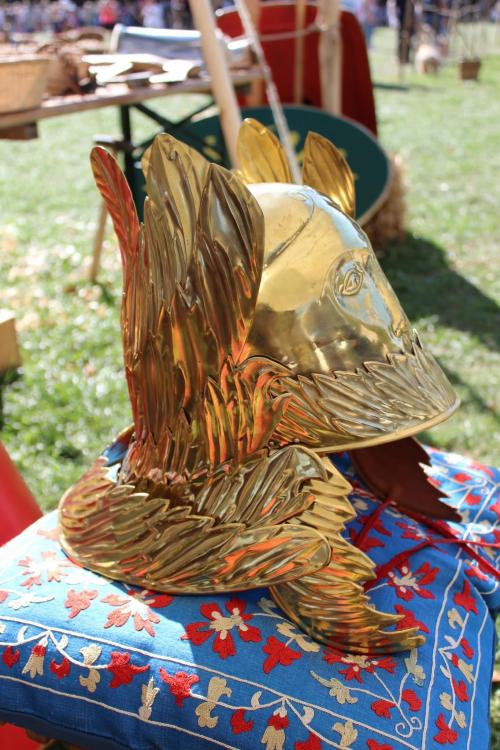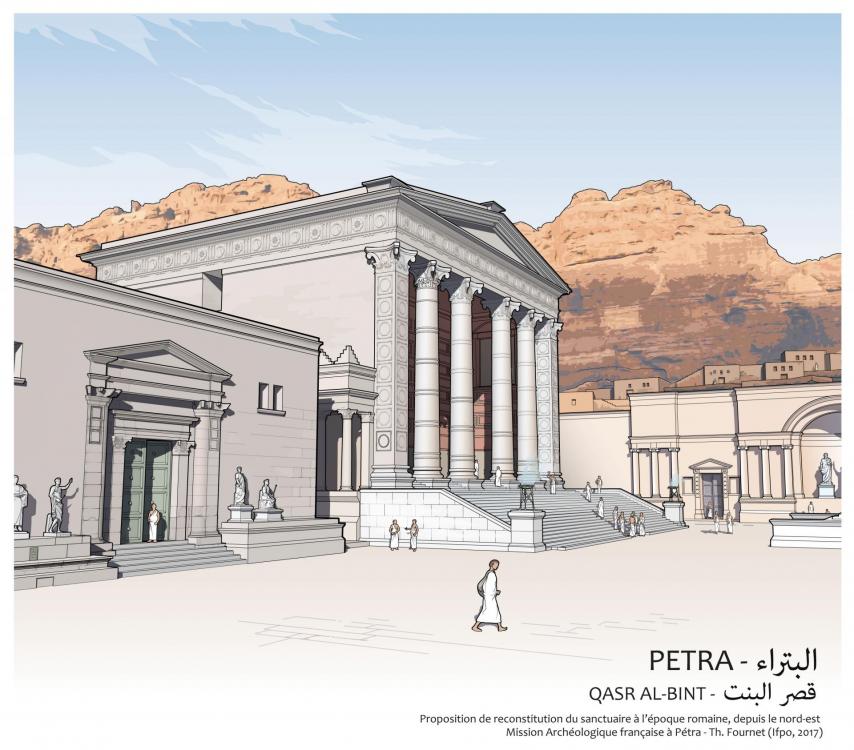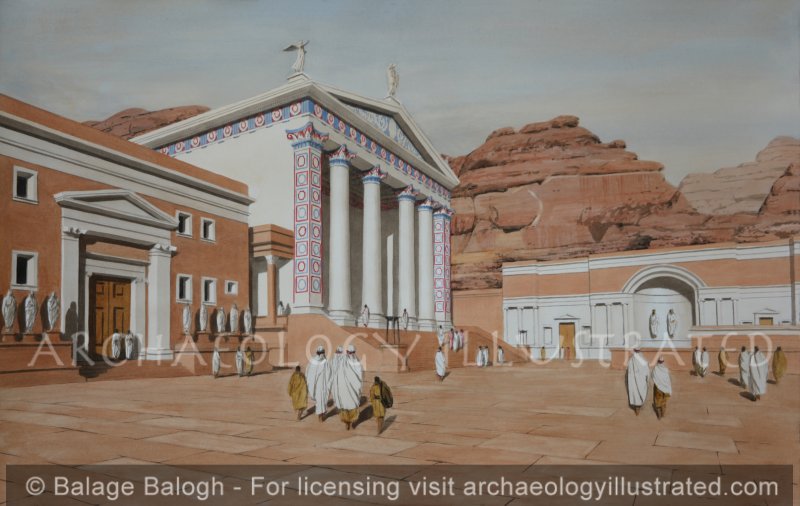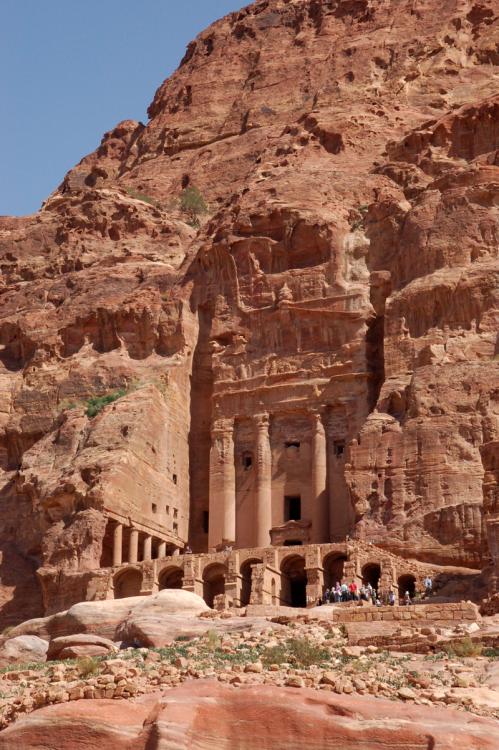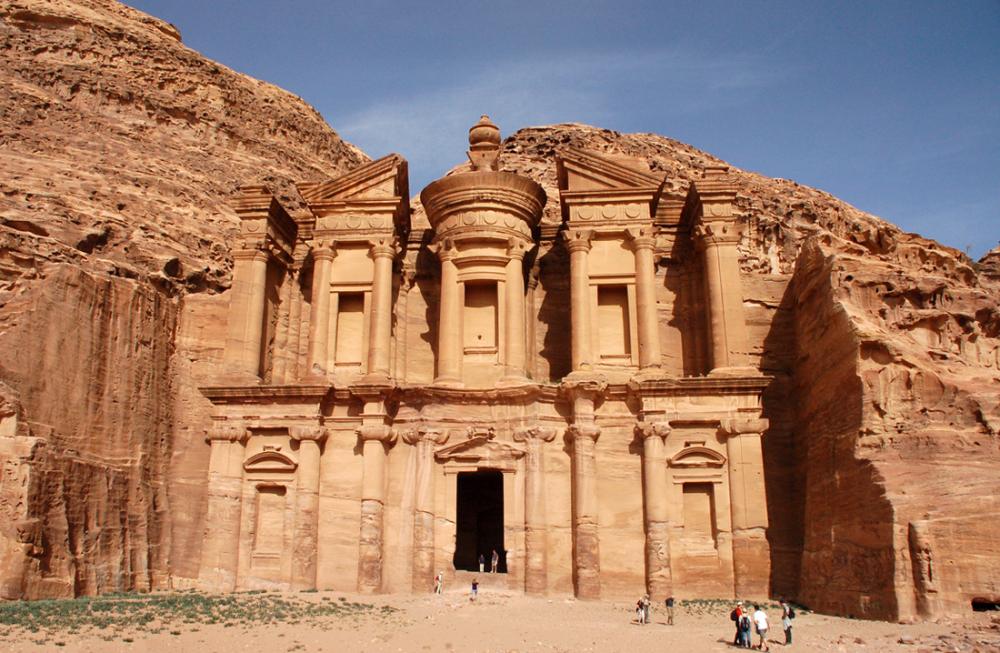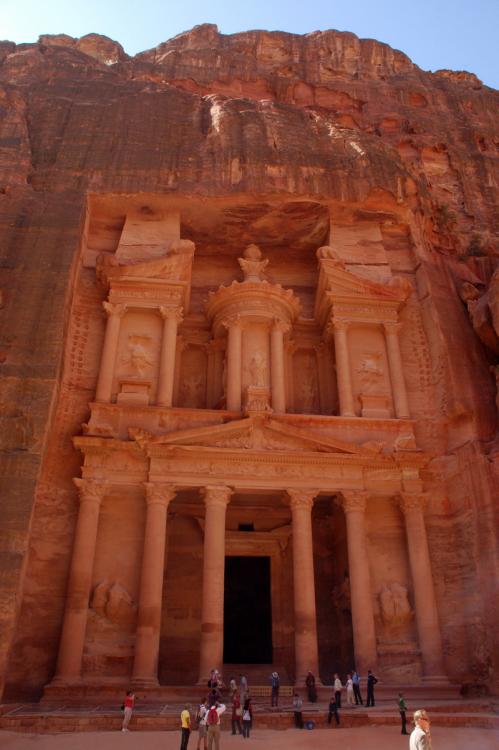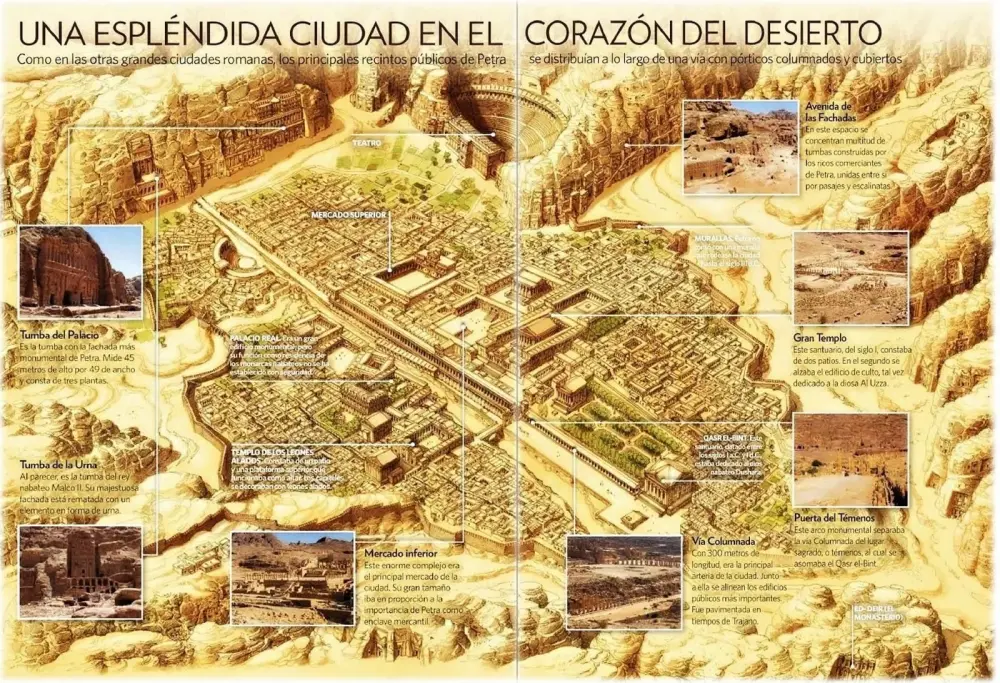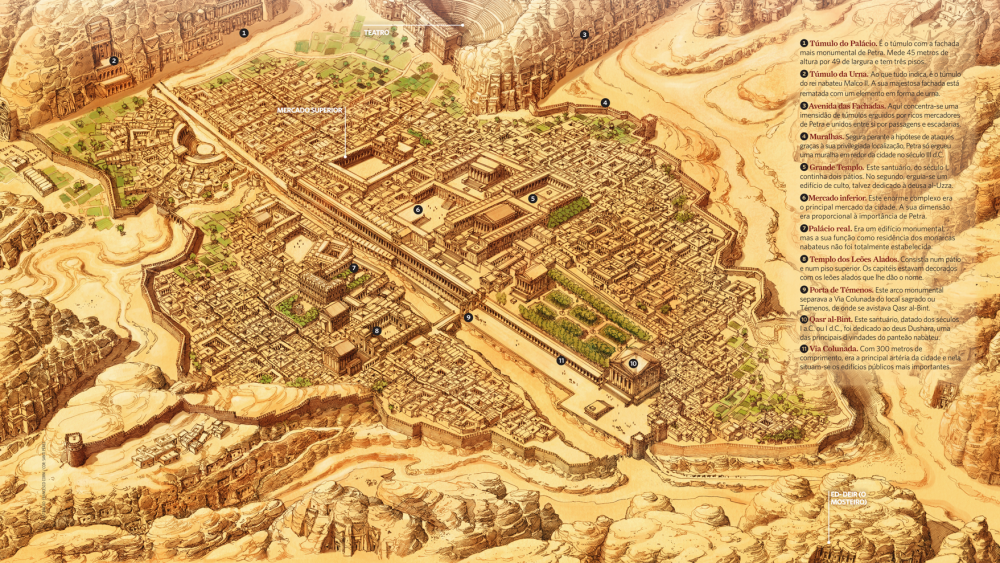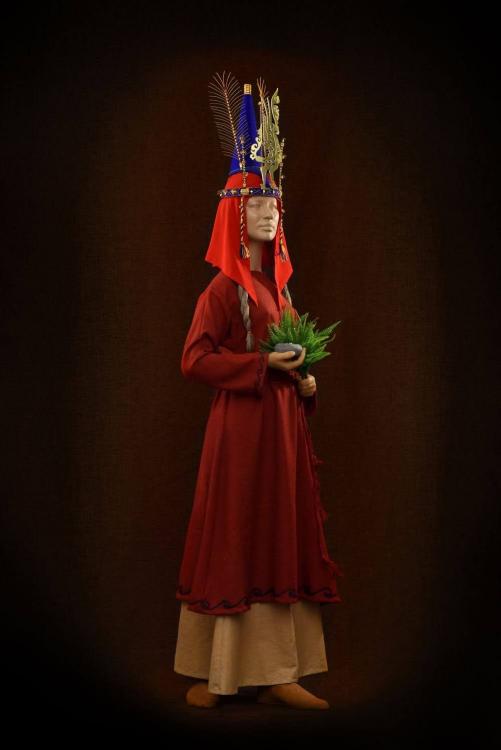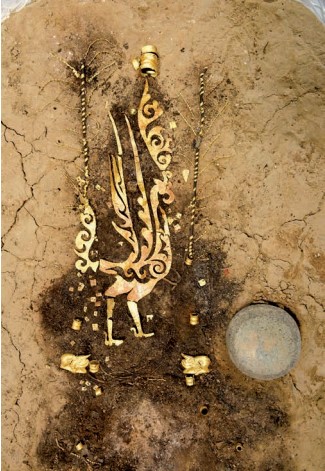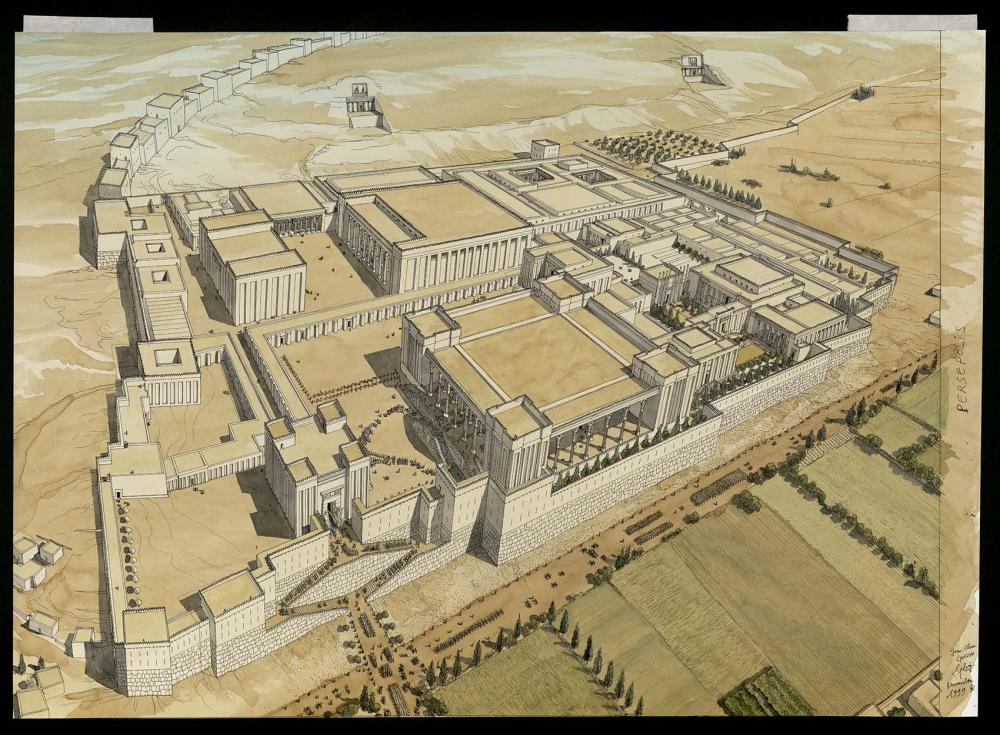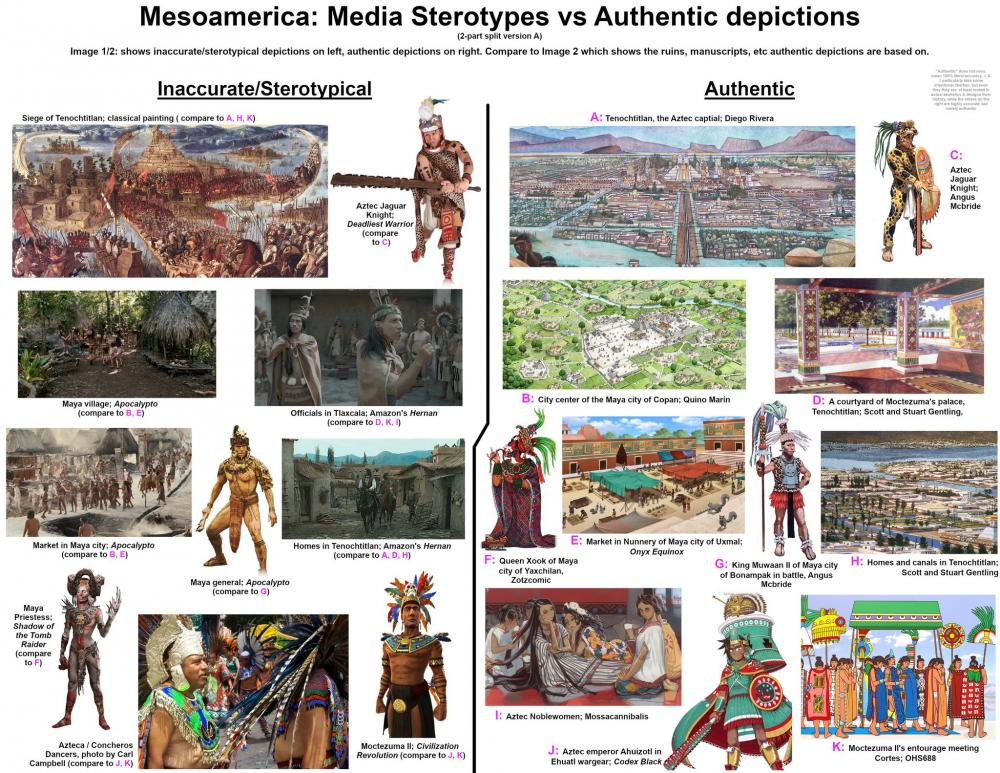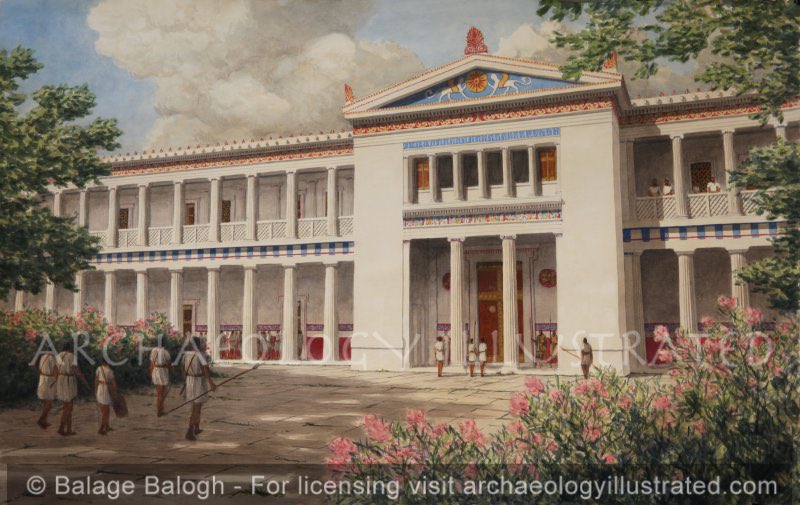-
Posts
2.401 -
Joined
-
Last visited
-
Days Won
82
Everything posted by Genava55
-
.thumb.jpg.b21ca1d0c15fb56b42c39b25a0a40815.jpg)
[Request] Roman Hero helmet (Consular)
Genava55 replied to Lion.Kanzen's topic in Eyecandy, custom projects and misc.
- 22 replies
-
.thumb.jpg.b21ca1d0c15fb56b42c39b25a0a40815.jpg)
Others RTS - Discuss / Analysis
Genava55 replied to Lion.Kanzen's topic in Introductions & Off-Topic Discussion
Strategos -
Si jamais ce n'est vraiment pas clair, tu peux poster un message en deux parties. D'abord en français et ensuite en anglais avec une simple traduction deepl. Il y a quelques francophones ici qui peuvent te répondre en français. --- If it's really not clear, you can post a message in two parts. First in French and then in English with a simple deepl translation. There are a few French speakers here who can reply in French.
-
Stop acting like this. It is immature and you are not giving a good image of yourself.
-
.thumb.jpg.b21ca1d0c15fb56b42c39b25a0a40815.jpg)
Possible Mod Idea: Nabataeans/Lihyanites
Genava55 replied to Atenmeses52's topic in Rise of the East
This one? https://www.inrap.fr/autour-du-temple-qasr-al-bint-petra-14910 I know it is sad that it is not possible to implement buildings who mixes terrain/biome elements, but I think it would be disappointing to not have the buildings everyone imagine or have seen about Petra. -
.thumb.jpg.b21ca1d0c15fb56b42c39b25a0a40815.jpg)
Narrative Campaign General Discussion?
Genava55 replied to Lion.Kanzen's topic in Gameplay Discussion
It is not entirely true. They are using a pseudo-historical narrative based on Sun Tzu. The difference is using a proper historically based scenario or having a scenario more explicitly being a tutorial. -
.thumb.jpg.b21ca1d0c15fb56b42c39b25a0a40815.jpg)
Possible Mod Idea: Nabataeans/Lihyanites
Genava55 replied to Atenmeses52's topic in Rise of the East
-
Scythian princess or priestess https://www.inform.kz/ru/obshnost-kultur-proslezhivaetsya-na-prostranstve-velikoy-stepi-kazahstanskiy-restavrator-ea94d3
-
.thumb.jpg.b21ca1d0c15fb56b42c39b25a0a40815.jpg)
Archaeological potpourri
Genava55 replied to Gurken Khan's topic in Introductions & Off-Topic Discussion
-
.thumb.jpg.b21ca1d0c15fb56b42c39b25a0a40815.jpg)
The myth of the "hoplon."
Genava55 replied to wowgetoffyourcellphone's topic in Introductions & Off-Topic Discussion
Yeah it is sadly something repeated over and over by modern pseudo-historians. -
Ok boomer?
-
.thumb.jpg.b21ca1d0c15fb56b42c39b25a0a40815.jpg)
Merry Christmas 2024
Genava55 replied to Lion.Kanzen's topic in Introductions & Off-Topic Discussion
Joyeux Noël Merry Christmas Feliz Navidad -
.thumb.jpg.b21ca1d0c15fb56b42c39b25a0a40815.jpg)
Narrative Campaign General Discussion?
Genava55 replied to Lion.Kanzen's topic in Gameplay Discussion
-
The biggest difference in total war is that ranged units are locked by melee units when the fight is engaged. It is difficult to disengage the ranged units without taking massive losses. Yes. But it means the implementation of the attacks in javascript should take in account the different possibilities we could use. And the IA is the biggest issue because it should be adapted to use the features. Obviously the best is to group all the units with this feature and to associate them to the same key.
-
From what I see it is wanted mostly to give to some units the abilities to switch between ranged and melee attacks. But I think it is more complex than that. The cases I identified are: Infantry ranged and infantry melee. Cavalry melee and cavalry trampling. Cavalry charged attack and cavalry melee. Naval ranged and naval melee (ramming). Siege ranged and siege melee. Elephant ranged and elephant melee. In some cases, the wanted feature is a switch between melee and ranged that would be manually activated. In other cases it is multiple attacks simultaneously like archers on elephants and siege towers with battering ram.
-
.thumb.jpg.b21ca1d0c15fb56b42c39b25a0a40815.jpg)
Others RTS - Discuss / Analysis
Genava55 replied to Lion.Kanzen's topic in Introductions & Off-Topic Discussion
-
-
-
.thumb.jpg.b21ca1d0c15fb56b42c39b25a0a40815.jpg)
mesoamerican [Design] guide to make Mesoamerican mod.
Genava55 replied to Lion.Kanzen's topic in Projects
In its prime, Cahokia was a prosperous city with a population similar to London’s. But this sprawling Native American metropolis from the Mississippian culture vanished long before Europeans arrived in North America. What happened? This Indigenous city’s enigmatic rise and fall has inspired countless theories and has long captivated the imaginations of archaeologists. And now, cutting-edge scientific research offers a glimmer of hope in unraveling the mystery of Cahokia's disappearance. -
https://www.facebook.com/JFoliveras/posts/pfbid04x9fgGYCbL7ptyaybuNGowtYdZuQT8tDfw5miMrhvsJStcUsDUGKr3GrjnRBzufBl https://x.com/JoanFrancescOl1/status/1775976689169739970 More details and debates there
-
darn the videos are incredible
-
To be fair, the Romans too. Maybe the issue is simply the modern interpretation of the hoplitic phalanx, which is also a debated theory.
-
It is quicker to read a blog article than listening to a long podcast of several hours: https://www.ancientworldmagazine.com/articles/why-abandon-phalanx-problems-rome/ and if someone wants more info: N. Rosenstein - Phalanges in Rome.pdf


